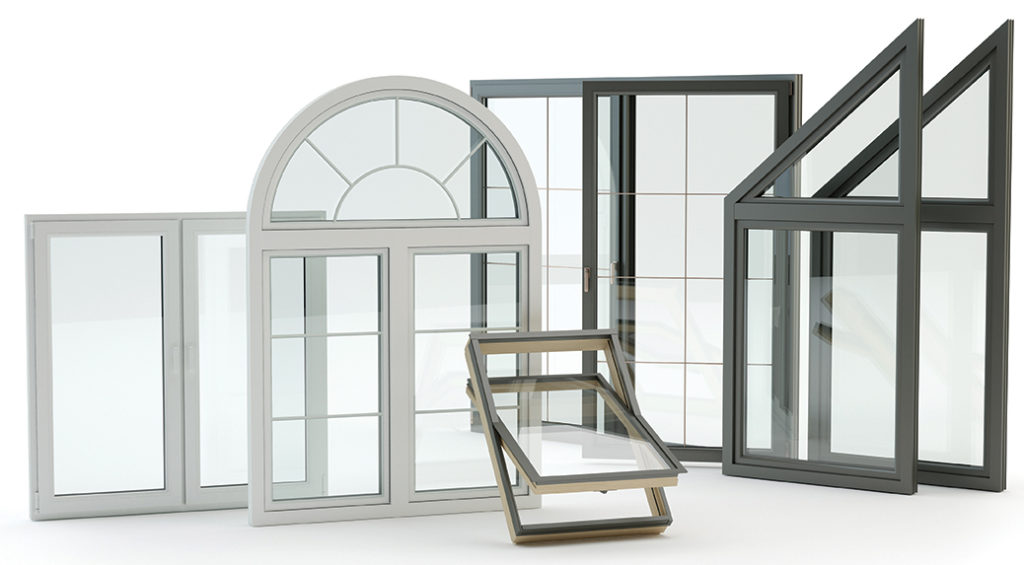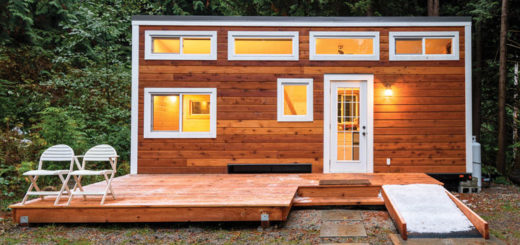Have Your Windows Passed Their Prime?
Replacing Your Windows May Be One Of The Most Cost-Effective Home Improvements You Can Make.
When considering new windows, look for easy-clean features, durability, and quality construction. While replacing your windows can reduce energy costs and increase security, the style, color, and material can also benefit your home. Innovative designs like between-the-glass blinds, shades or grilles not only contribute to less time spent cleaning, they can also reduce the dust and allergens in your home. New and improved windows can boost your home’s curb appeal, adding visual interest and can help increase your home’s overall value.
How do you know if you need to replace windows in your home? Perhaps you recently noticed that one or more of your windows have become difficult to open, maybe there’s too much sound pouring in from the street in front of your home, or condensation has begun building up between your double glass panes. Or, maybe you just realized that you’re spending more money each year in heating and cooling costs.
Quality windows are available with glass options that can increase the safety of your home. Tempered glass is less likely to cause injury when accidentally broken, as it is designed to break into small granular chunks instead of splintering into jagged shards. Laminated glass has a polymer interlayer that holds the glass together if shattered.
The answer to this question depends largely on the budget of the homeowner. While windows are often replaced in two or three stages (typically starting with the front of the house and then moving to the back, and finally to the upstairs), it is also important to know that once you order ten or more windows, the cost per window tends to remain the same.
The decision on which windows to install in your home is a daunting one but can be broken down into four considerations: material, type of window, glass package, and budget. Most window frames are made of one of three materials: wood, fiberglass, or vinyl. Wood windows are a good choice if you’re looking to match the window to an existing wood trim on your home’s interior. The most durable of the three materials, fiberglass windows (also known as composite windows) will typically have the longest lifespan. Finally, vinyl is the most popular by far, making up about 75 percent of all windows sold, and are available in a number of different colors. There are a handful of options available for the type of window you can install in your home as well. Double-hung windows are the most popular of the group. These are designed to tilt into your home and can be cleaned without the need for ladders or stools. Sliding windows are a wider but shorter type of window and are also a good choice depending on your needs. Lastly, crank-out windows should also be considered as not only can they be used in a variety of different openings but are also the most energy-efficient option as well.
Calculating the cost for new windows can be tricky as there are a handful of factors that contribute to the final price. The cost to replace windows will vary depending on size, amount of windows needed, style and quality. It’s important that you know what you’re looking for before you start calling contractors.
Typically, window frames are made of either wood or vinyl. Cheaper than wood, vinyl frames also have a longer life span and tend to be easier to clean. Wooden frames tend to be more expensive and more challenging to maintain as they can peel and rot as a result of water damage.
Additional items to consider for the type of Low-E used on glass is the hue the Low-E has. 3-coat Low-E glasses often have a more pronounced hue registering as a bluish or greenish cast on the glass, whereas 2-coat Low-E glasses tend to be clear with little to no noticeable hue. The more coats of Low-E a glass pane has the less light is going to transfer through.
Because the weather is warmer, late Spring, Summer, and early Fall are the most popular times for homeowners to replace their windows. Although replacing a window can be quick, having a window removed for roughly a half to full hour can have an impact on your home’s temperature, making the warmer months ideal for anyone who can’t stand the cold.
However, if you can tolerate the cold of replacing windows during the winter months, then you could save some money by opting to wait for the inclement season. The other benefit of replacing windows in the first part of the year is that you get to enjoy their benefits throughout the summer, which is important given newer windows’ ability to reduce heat gain during the hot summer.
Prior to an installer’s arrival, homeowners should remove any curtains or blinds from their openings so that the window installer has access to the interior to set and caulk the windows.
As installers need access to the interior of the windows for replacing, homeowners should also move any furniture to at least 3 feet away from the openings, as well as anything of value located around the windows. If there are alarm systems on the windows, the alarm company also needs to be notified of the upcoming work. The sensors will need to be removed and the alarm company may need to come to the house so that they can be reinstalled.
On installation day, probably the most important thing a homeowner can do is relax, run errands or return to work and let the installers do their job. This will limit any potential stress involved for both the homeowners and installers alike.









